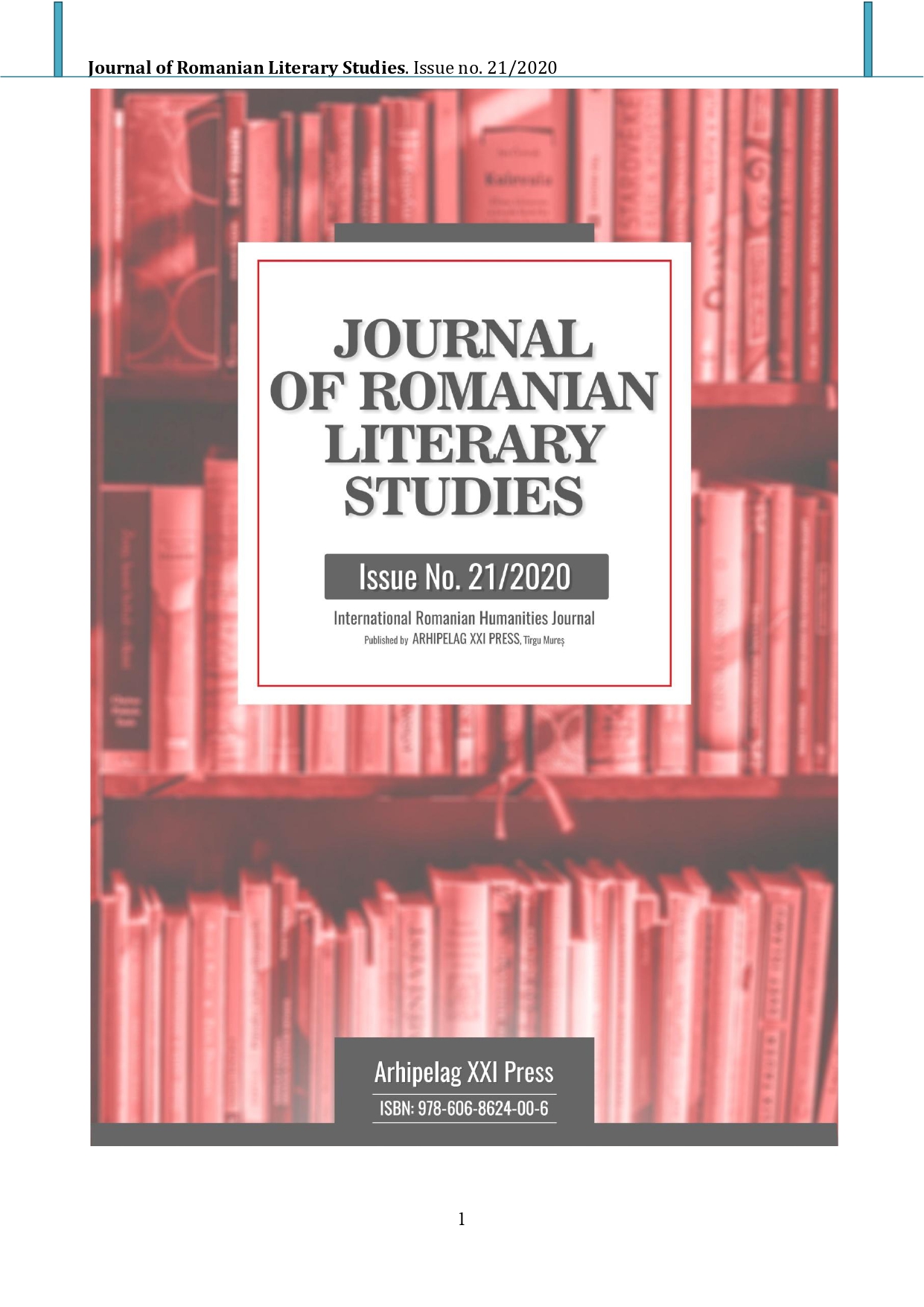STEFAN GEORGE – A REPRESENTATIVE OF THE GERMAN SYMBOLISM
STEFAN GEORGE – A REPRESENTATIVE OF THE GERMAN SYMBOLISM
Author(s): Sofia Lavinia CercelSubject(s): Poetry, Studies of Literature, German Literature, Philology, Theory of Literature
Published by: Editura Arhipelag XXI
Keywords: German Symbolism; poetry; synesthesia;
Summary/Abstract: The works of Stefan George reflect the influence of the French Symbolism in Germany, creating a new form in German lyrics. Born on the 12th of July 1868 in the village of Büdesheim, near the town of Bingen on the Rhine, where now a memorial museum is open for the public, George was a controversial poet and translator. Since he was a teenager, he started writing mainly poems and fragments of dramas, also being preoccupied with translating. While living in France, he visited the circle of Mallarmé, attending his famous Tuesday meetings, and personally met Verlaine, declaring that Paris was a place “where one was enthusiastic about poetry”. When he returned to Germany, he started translating from the works of Baudelaire and Mallarmé, which had an important influence on his own creations. With the Blätter für die Kunst literary magazine, issued in 1892, George marked the beginning of the reaction against Naturalism, imposing new aesthetic forms in German literary language. The most important symbolist themes and motifs to be found in his poetry are: the nature, autumn, death, the use of colours (white, yellow, grey), the description of strong fragrances and also of the city, the gardens or the park.
Journal: Journal of Romanian Literary Studies
- Issue Year: 2020
- Issue No: 21
- Page Range: 631-638
- Page Count: 8
- Language: Romanian

